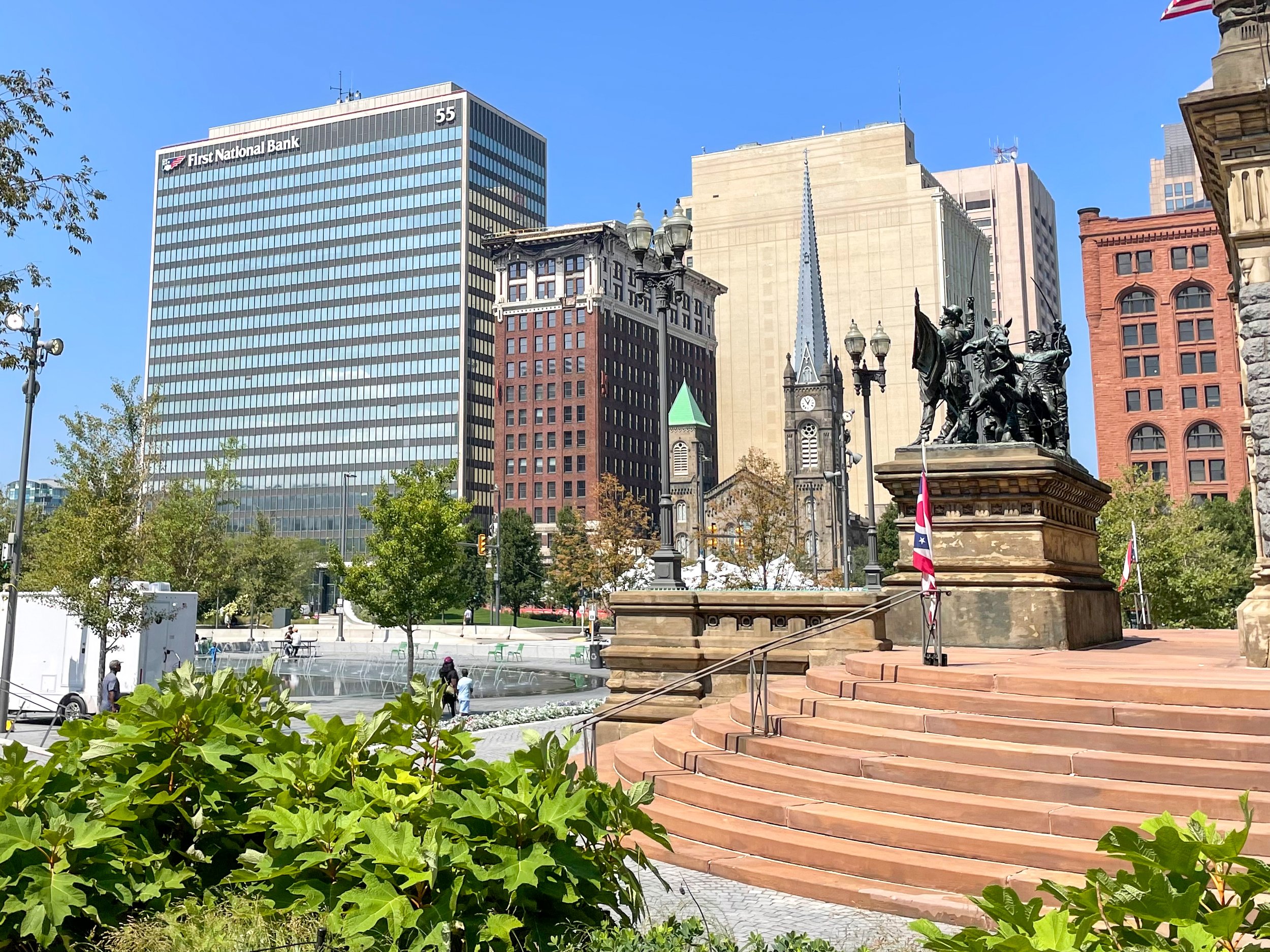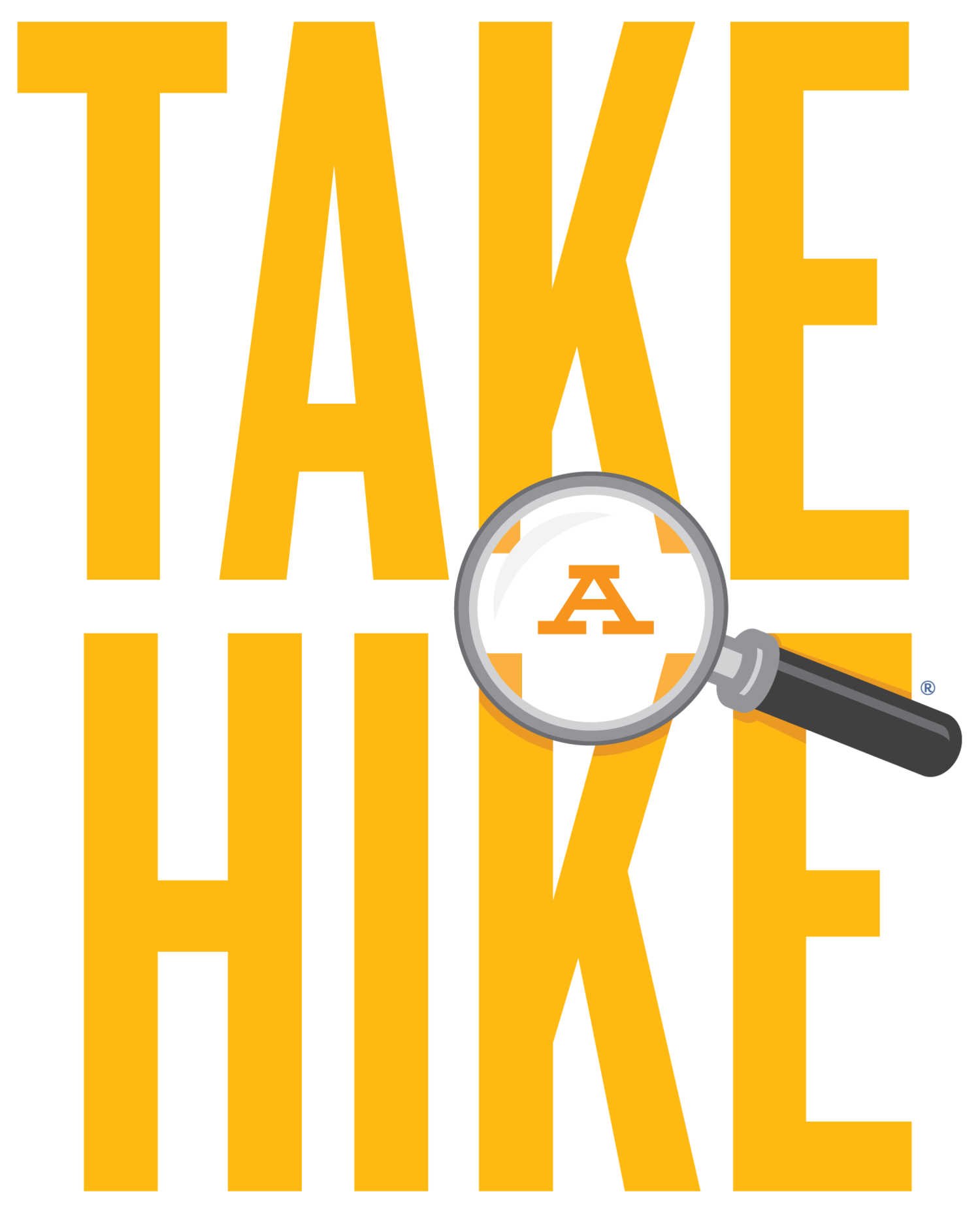SELF-GUIDED TOURS
Take a tour on your own time!
Perfect for those that want to experience tours independently, at a time that works best for them, a selection of FREE Self-Guided tours are available 365 days a year, 24/7. Using GPS on your mobile device, you can navigate the route, pausing at designated stops and listening to the tour guide share information. Historical Clevelanders’ stories are still available via companion videos provided. Allow 45-60 minutes to enjoy a self-guided tour.
Free Tours Available Now
-

Cleveland Lakefront Tour
-

Public Square + The Malls Tour
-
Tremont Tour
2024 SELF-GUIDED TOUR SCHEDULE
January - March
-
Beginning in the early 19th century, the development of the Ohio & Erie Canal insured Cleveland’s place as a location for trade and commerce. The turning basin of the canal was Cleveland’s first harbor. The river, not the lake, was the center of the economy. The redevelopment of the Towpath and Canal Basin celebrates this history and is a focal point for new investment.
-
The area now known as the Gateway District has always been the southern and eastern entry point into Cleveland. Having three National Register Districts in its boundaries, with architecture from the 1870s to the 1930s, it is a treasure trove of adaptive re-use. Happening after the Warehouse District, it was next-up on building a new neighborhood from the 1990s to today.
-
The Warehouse District, often called Downtown’s First Neighborhood, is Cleveland’s 19th century commercial center; the Downtown of that era. Bank Street (now West 6th Street) was Main Street for banks, churches, theaters, newspapers, and hospitality. The mix of architecture and scale made this a perfect place for the adaptive reuse that emerged in the 1980s and continues today.
July - September
-
Public Square has been the heart of the City of Cleveland since its founding in 1796. Laid out to be a village green, part of a settlement of the Connecticut Land Company, the Square has a unique development history as a residential hub, a civic center for public use, a commercial center, a transit hub, and now today as a mixed-use district of skyscrapers and soaring architecture.
-
Euclid Avenue, the residential “showplace of America” had a brief but glorious run from 1870 to 1910. Very little of that remains. But its next phase as a commercial Main Street of national prominence had its heyday from the 1920s to the early 1960s. The architecture built set the stage for the largest theater resurrection project in the nation and Cleveland’s largest street of adaptive reuse. Today it hosts more than 20 residential buildings.
-
Public Square has been the heart of the City of Cleveland since its founding in 1796. Laid out to be a village green, part of a settlement of the Connecticut Land Company, the Square has a unique development history as a residential hub, a civic center for public use, a commercial center, a transit hub, and now today as a mixed-use district of skyscrapers and soaring architecture.
April - June
-
Conceived in 1903, Cleveland’s Mall Plan is the second most intact City Beautiful Movement Plan after L’Enfant’s Washington D.C. Proposed by Mayor Tom Johnson, Daniel Burnham’s Group Plan resulted in six iconic structures being built between 1912-1931. Today, one building is being used commercially as the Drury Hotel, and the Group Plan is being considered for National Historic Landmark status.
-
Cleveland has a Great Lakes shipping history that took off after the building of the St. Lawrence Seaway in 1957. The Harbor as we know it today was dug out of landfill in 1986-87. Since 1988, it has become the Lakefront, with the focal points of the Rock and Roll Hall of Fame, Great Lakes Science Center, the Mather Steamship+, and First Energy Stadium. Even larger scale development is proposed for the future.
-
A pre-Civil War settlement that was nearly given up for dead after the freeways carved it up in the 1950s and 1960s, Tremont has become the hottest place for redevelopment and renewal in Cleveland. However, its scale, intact charm, location on the bluff overlooking Downtown, and its prominence on the Towpath Trail and Ohio & Erie Canalway National Heritage Area have all assisted in a cultural and economic resurgence.
October - December
-
The grand architecture period in Cleveland was from 1890-1930. This set the stage for many opportunities of adaptive reuse. Besides housing, hospitality is a potential other use. Today, Cleveland is a leader in non-hotel buildings being converted to hotels and was the first place that Holiday Inn and Hyatt opened locations in non-hotel buildings.
-
The five historic Playhouse Square theaters first opened in the early 1920s. After avoiding the wrecking ball in the 1970s, Playhouse Square began to come back to life in the 1980s. Now with 11 performance spaces, Playhouse Square is the largest performing arts center in the country outside of New York and a fully developed mixed-use neighborhood following the 2020 opening of The Lumen apartment tower.
-
University Circle emerged in the late 1880s when Western Reserve College and the Case Institute of Technology moved to the Circle. Its history is even more fascinating as a residential neighborhood, a transit hub, and a concentration of great public spaces. Today, University Circle is Cleveland’s largest concentration of economic, culture, education, and medical facilities and was recently named the Nation’s top cultural district.ription


